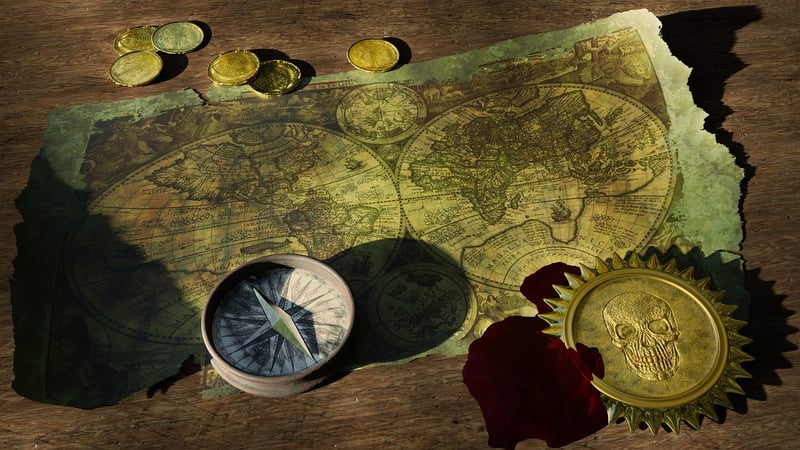Temporal Maps
Exploring Time Data with Temporal Maps
Temporal maps are powerful tools that allow us to visualize and analyze time-based data in a spatial context. By combining geographic information with temporal elements, temporal maps provide unique insights into how data changes over time and space.
What are Temporal Maps?
Temporal maps, also known as time maps or time-based maps, display data that changes over time on a geographic map. These maps use color gradients, animations, or interactive features to represent temporal trends and patterns.
Why Use Temporal Maps?
Temporal maps are valuable for various applications, including:
- Studying historical trends
- Monitoring real-time data
- Forecasting future patterns
- Identifying spatial-temporal correlations
Benefits of Temporal Maps
Some key benefits of using temporal maps include:
- Enhanced data visualization
- Improved understanding of temporal patterns
- Efficient communication of time-based information
- Identification of trends and anomalies
Examples of Temporal Maps
Below are examples of temporal maps:
Creating Temporal Maps
To create your own temporal maps, you can use tools like ArcGIS, Tableau, or Google Earth Engine. These platforms offer features for visualizing temporal data and creating interactive maps.
Get Started with Temporal Maps
Start exploring time-based data with temporal maps to uncover hidden patterns, trends, and insights that traditional static maps may not reveal. Dive into the world of temporal mapping and unlock the potential of time data visualization!

